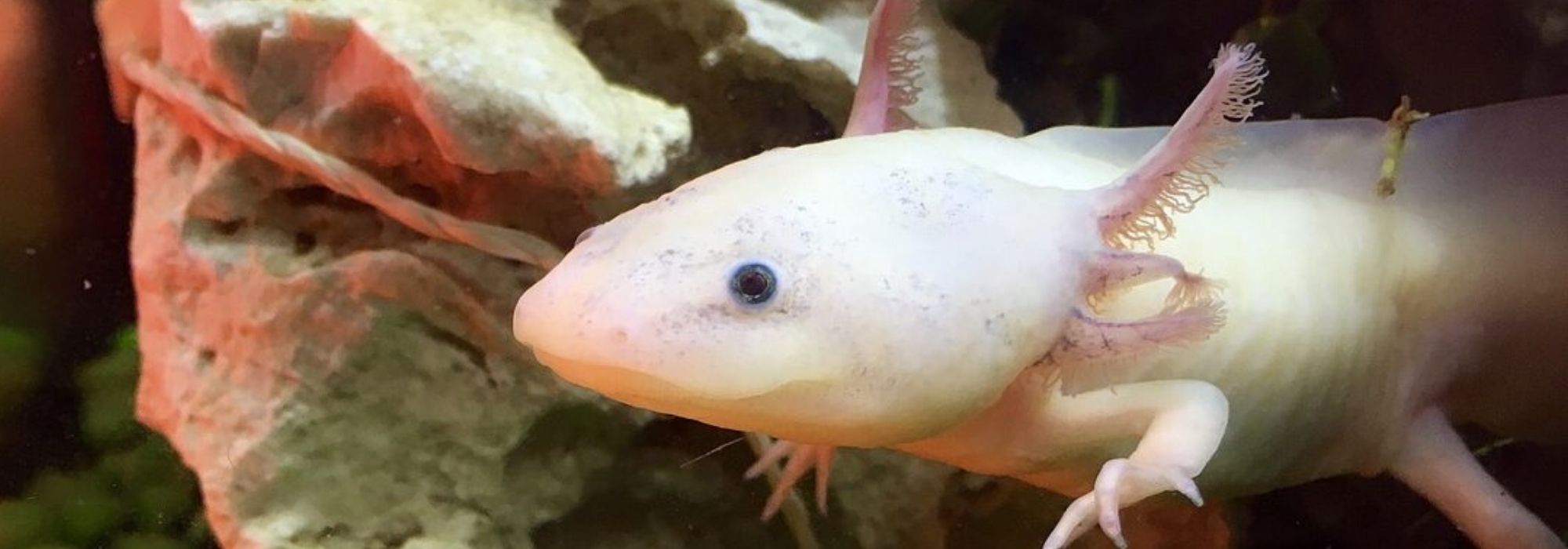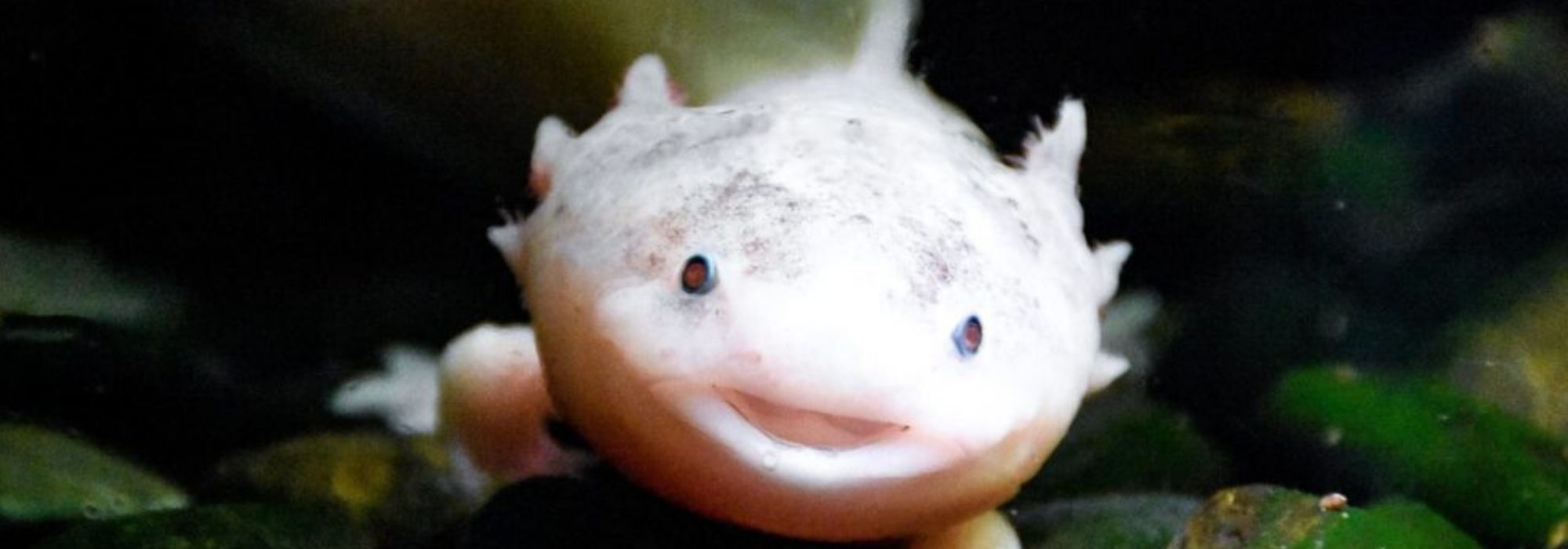AMPHIBIANS SPECIES
AXOLOTL
AMBYSTOMA MEXICANUM
The Axolotl or ‘Mexican Walking Fish’ originally used to inhabit several lakes across the Mexico Valley, however with its original habitats, drying up and becoming more exposed to pollution it is now confined to Lake Xochimilco and it’s wetlands.
Despite females being able to lay between 300-1,000 eggs at a time, populations have declined into the hundreds. In one instance, a population survey in the early 2000’s spanned 39,173m² and only discovered 42 specimens.

Why do they matter?
Axolotls are often studied for their exceptional abilities to regenerate their limbs up to 5 times with full regrowth taking only a few weeks. These critters are also studied by cancer researchers for their unique resistance to developing cancerous tissues.
The leading causes of Axolotl decline are human development, waste water disposal, and loss of habitat due to droughts.
Despite their prevalence in the aquarium trade, these species are critically endangered in the wild. These charismatic creatures have endured sustained habitat loss such that they now occupy a small fraction of their original range.

Will climate change affect the axolotl? Yes.
As a result of climate change, these species will continue to experience decreases in suitable natural habitats due to droughts. Droughts have already eliminated one of their original habitats, Lake Texaco, now in the middle of Mexico City with buildings covering the original site. Lake Xochimilco is one of the last suitable habitats for the Axolotl, but with changing climate there is no guarantee how long it will last.
WANT TO LEARN MORE?

